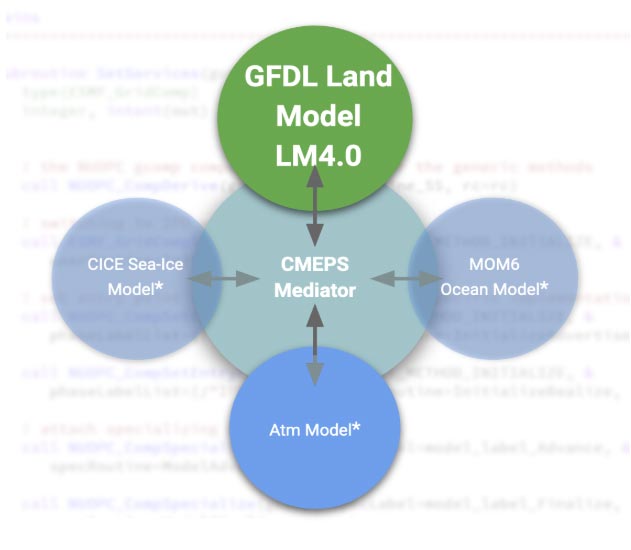Editor: Krishna Kumar5
States and Regions Impacted: Global
Relevance: Information on timing, location, magnitude, and type of precipitation are needed by every person and business in the United States and at almost every timescale, spanning from the next hour to daily to decadal. Billion-dollar weather and climate disasters have impacted the United States and are associated with a warming climate system that includes an intensified water cycle, leading to both more droughts and more floods. A key to reducing these impacts is to be able to anticipate when, where, and how much precipitation will fall. Interactions between the land surface and atmosphere can provide an important source of predictability to weather and climate on subseasonal-to-seasonal (S2S) timescales by modulating surface energy, water, and momentum exchanges that affect boundary layer evolution and impact atmospheric, dynamical, and thermodynamic processes responsible for precipitation.
Response: Research scientists, including Justin Perket (Princeton University Cooperative Institute for Climate Science), Elena Shevliakova and Sergey Malyshev (NOAA/OAR Geophysical Fluid Dynamics Laboratory (GFDL)), and Michael Barlage (NOAA/OARGlobal Systems Laboratory (GSL), previously at NWS Environmental Modeling Center (EMC)), expanded the suit of the land components of the Unified Forecast System (UFS) and improved representations of land processes capturing land-atmosphere interactions that affect precipitation extremes. Specifically, the GFDL Land Model LM4.0, a component of the GFDL coupled climate models CM4 and Seamless System for Prediction and EArth System Research (SPEAR), has been introduced into the UFS. LM4.0 includes (1) options of static or prognostic vegetation distribution, structure, and phenology; (2) land characteristics change in response to meteorological conditions and disturbances (e.g., fire, land use); (3) canopy, snow, and soil energy/water exchanges, which are especially important to predictions on seasonal scales; and (4) prognostic river discharge from land to oceans and lakes. The coupling is achieved by introducing a National Unified Operational Prediction Capability (NUOPC) layer for LM4.0 that is consistent with an existing UFS coupling framework and extendible to other land models. The current experimental UFS LM4.0 implementation is available in the stand-alone configuration to enable offline simulations driven by observed atmospheric forcing for spin-up and evaluation. This configuration is enabled through the Community Data Models for Earth Prediction Systems (CDEPS). The GFDL land team is now focusing on completing the coupling of the LM4.0 with the UFS atmospheric component and evaluation of the coupled configuration on the S2S scales.
Impact: Including LM4.0 as a land component option in UFS opens future opportunities to capture comprehensive interactions between the land and atmosphere, which can provide an important source of predictability on sub-seasonal to seasonal scale in the UFS.
The GFDL Land Model LM4.0 is currently implemented as a component in the UFS and tested with CDEPS Data Atmosphere.










